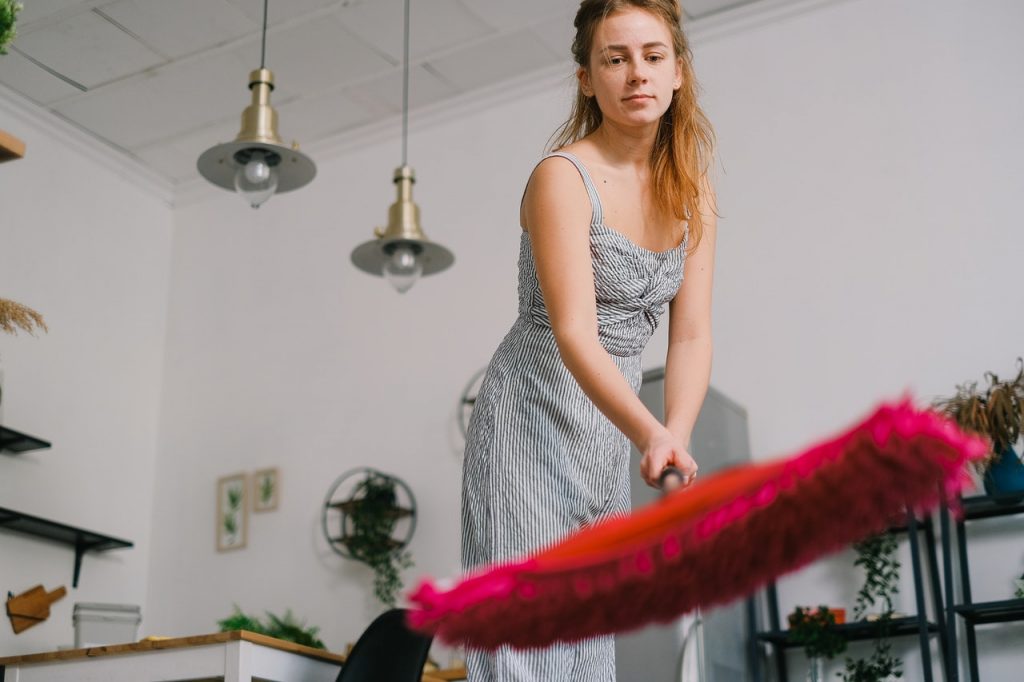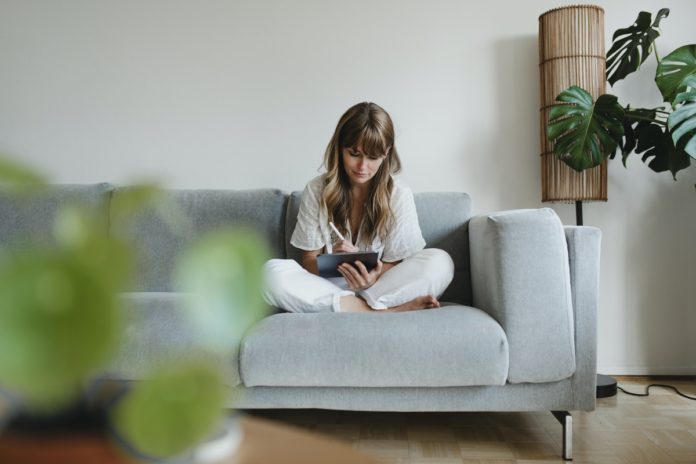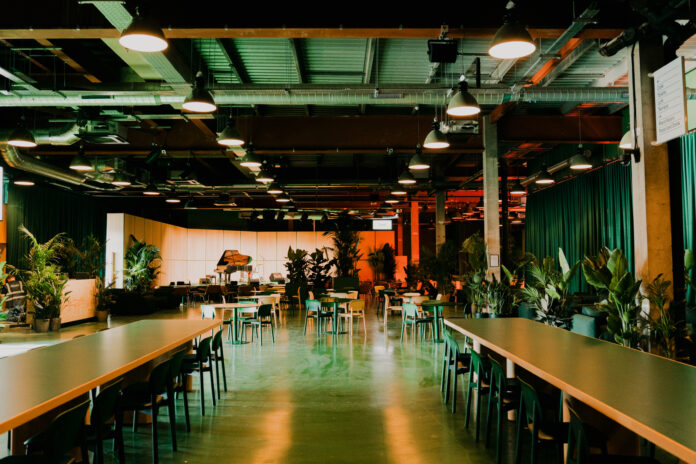Doesn’t it sound so satisfying under foot? Don’t you love the way it both absorbs and amplifies sound when you want it to? And how about its ability to catch the light just right? Are you tired of all these rhetorical questions yet?…
Well, according to experts, we’re not the only ones enthusing about hardwood flooring. In fact, as reported in Home Light, 54% of buyers would pay more for homes decked out in hardwood.
We’d wager that 54% wouldn’t be so keen if those hardwood floors hadn’t been properly looked after, however. Indeed, solid wood floors, engineered wood flooring and reclaimed wood floors should all be maintained and cared for in a similar manner to ensure they’re looking their best and performing well.
For wood floors to last a long time, they must be kept clean, swept regularly, varnished occasionally and treated with the correct products. With all that in mind, here’s how to maintain hardwood floors to make them last.
BE AWARE OF THE DANGER SIGNS
Since wood is a natural product, it will let you know if something is wrong. Prevention is better than cure, as they say, and this maxim even applies to hardwood flooring! Indeed, it’s essential that you manage elements that can cause your flooring to buckle, crack or discolour, with heat and humidity (both high and low) having a particularly dramatic effect on wood.
To avoid the issues we mentioned, you should maintain a consistent temperature (between 16°C and 25°C is advised) at home and ensure a relative humidity of between 35% and 45%. You can monitor the humidity at home using a hygrometer, available on the high street for as little as £20. Should the humidity be too low, consider introducing a humidifier. If it’s too high, a dehumidifier will do the trick. This should also help manage any issues with mould.

KEEP THEM AS DRY AS POSSIBLE
Water is the enemy of hardwood flooring, and if your floors get wet, their wood may expand. Aside from the dehumidifying we mentioned earlier, it’s also essential that you clean up any spillages immediately – though you shouldn’t use water based products to do this! A soaking wet mop is the worst thing you can do here, and steam cleaning isn’t much better, the latter causing vapour to enter the gaps in your flooring and leading it to expand. Instead, it’s recommended that you sweep and vacuum regularly and judiciously.
VACUUM FREQUENTLY
We emphasise the importance of keeping litter and debris off your hardwood floor. When you walk across wooden flooring, any debris underfoot acts almost like sandpaper, leading to scuff marks that are irreversible.
Vacuuming should be done on a regular basis, ideally with a soft brush to prevent scratches occurring. This should help you lift dust and debris from the tiny gaps between planks without causing damage.
DETERMINE WHICH CLEANING PRODUCT IS RIGHT FOR YOU
There isn’t a set rule for the ideal cleaning product for wood flooring; rather, it’s dependent on several factors such as the humidity levels of your home and the type of wood used. For this reason, we advocate listening to the product recommendations of your flooring or finish manufacturer.
Certain goods should be avoided at all costs, though. If you have a hardwood floor, we don’t recommend using any harsh chemicals to clean it. In fact, many experts recommend you use white vinegar mixed with warm water at a ratio of 100 ml 4000 ml, roughly. It should be noted that some hardwood flooring doesn’t respond well to vinegar, however, so you should check the solution in an inconspicuous spot prior to using it more comprehensively.
Read: 5 IDEAL flooring ideas for your living room

REPAIR SURFACE SCRATCHES
Of course, some floor scratches are going to happen, and are part and parcel of the ins and outs of the day. Surface scratches can be repaired with a stain marker from a wood furniture touch-up kit. That should get the job done.
KNOW WHEN TO RECOAT
You’ll know it’s time to recoat the floor when it begins to wear, tear and take on a tired appearance. Sanding shouldn’t be necessary for a recoat; instead, simply put another coat of finish on top to bring back the brilliance and liveliness of the original floor finish. An extra layer of protection every time it’s needed is what this activity can do to extend the life of a floor for many years to come.





